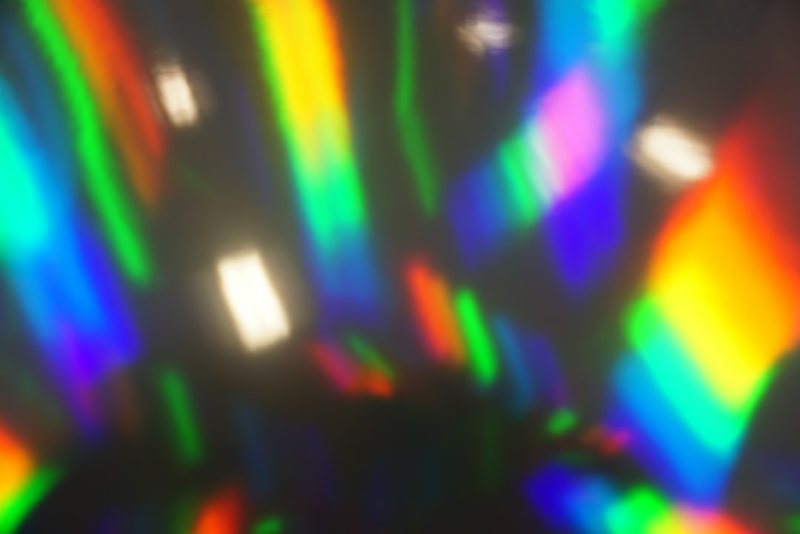Distortion in photography refers to various phenomena that alter the way an image represents the real-world scene it depicts. These alterations can occur due to the optical properties of a camera lens, the angle at which the photo is taken, or post-processing techniques applied to the image.
The most common types of distortion are barrel distortion, where straight lines bulge outwards from the center of the image, and pincushion distortion, where straight lines converge towards the center. These effects are most pronounced in wide-angle and telephoto lenses, respectively.
Rules for Distortion in Passport Photos
Passport Photos are held to stringent guidelines to ensure they accurately represent the individual. Distortions are not permissible in these types of photos, as they can affect the clarity and recognizability of the face. The photo must be a clearness image of the full face, head, and shoulders straight on. It should depict the person's natural look, with no alteration to the proportions or features.
Moreover, the background should be plain and light-colored, and the lighting must be even, without shadows or glare that might distort the appearance.
The face should be neutral, with both eyes open and clearly visible. The camera lens should be positioned at eye level, as shooting from above or below can create unwanted perspective distortion. Finally, digital alteration to improve or change appearance (such as removing wrinkles or changing the shape of the face) is typically not allowed. This is to ensure that the photo is a true and current likeness of the individual.
Frequently Asked Questions
We will promptly send the photos, guaranteed within 24 hours and usually within 2 hours. The photos will be shipped from our headquarters in The Netherlands, via regular mail without tracking.
Why Was the Money Deducted From My Account for the Failed Order?When you cancel a payment or encounter an error, you will receive a notification email. If you make another attempt and successfully place the order, the payment will be deducted from that transaction.
Can There Be Shadows in a Passport Photo?Shadows are not allowed in passport photos. The photo must have even lighting to avoid shadows on the face or in the background.
- Glossary
- AI
- Aberration
- Acceptance Criteria
- Accuracy
- Age
- Anger
- Angle
- Aperture
- Apparel
- Appearance
- Artificial Light
- Attire
- Background
- Balance
- Bald
- Bangs
- Beanie
- Beard
- Bedridden
- Biometrics
- Blur
- Blushing
- Body Language
- Brightness
- Bun
- Burqa
- Camera Lens
- Camouflage
- Cap
- Cheeks
- Chest
- Chin
- Clarity
- Clearness
- Clothing
- Colors
- Compliance
- Composition
- Compression
- Contact Lenses
- Contrast
- Criteria
- Cropping
- Crown
- Crying
- DPI
- Daylight
- Detail
- Diffusion
- Dimensions
- Disability
- Disgust
- Distortion
- Distractions
- Double Chin
- Ear Attachments
- Earrings
- Ears
- Emotions
- Even Lighting
- Eye Bags
- Eyebrows
- Eyeglass Frame
- Eyelashes
- Eyelids
- Eyes
- Face
- Face Mask
- Facial Expression
- Facial Recognition
- Fear
- Feeding Tube
- Filters
- Fingerprint
- Flash
- Focus
- Forehead
- Frame
- Frowning
- Glare
- Glasses
- Glossiness
- Goatee
- Government
- Gradient
- Grain
- Hair
- Hair Gel
- Hairline
- Hairpin
- Hairspray
- Hairstyle
- Hat
- Head
- Head Tilting
- Headband
- Headgear
- Headphones
- Hearing Aid
- Hijab
- Hue
- ISO
- Identification
- Identity
- Identity Document
- Identity Theft
- Intensity
- Jaw
- Jewelry
- Joy
- Laughing
- Legitimation
- Lighting
- Lips
- Lipstick
- Makeup
- Microchip
- Mirroring
- Mouth
- Mouth Corners
- Municipality
- Mustache
- Myopia
- Natural Representation
- Neck
- Necklace
- Neutral Expression
- Nose
- Nose Job
- Nostrils
- Overexposure
- Overweight
- Pattern
- Personal Data
- Photo Paper
- Photo Printer
- Photo Quality
- Piercing
- Pixels
- Plain
- Ponytail
- Positioning
- Posture
- Presbyopia
- Privacy
- Pupils
- Recent
- Recognizable
- Red Eyes
- Reflections
- Resemblance
- Resize
- Resolution
- Retouching
- Sadness
- Saturation
- Scarf
- Scowling
- Security
- Selfie
- Selfie Stick
- Shadows
- Sharpness
- Shining
- Shoulders
- Shutter Speed
- Skin
- Skull
- Smiling
- Smudge
- Solid
- Spasm
- Speckling
- Strabismus
- Suitable
- Sunglasses
- Support
- Surface
- Surprise
- Sweating
- Tattoos
- Teeth
- Texture
- Throat
- Tie
- Tongue
- Torso
- Toupee
- Travel Document
- Tripod
- Turban
- Turtleneck
- Underexposure
- Uniform Background
- Uniforms
- Validity
- Visibility
- Wheelchair
- Wig
- Wrinkles
- Zoom
Don't Have Time Now?
Leave your email so that we can send you a discount coupon to continue later.
Oops! Usage Limit Reached
To maintain fair use of our service, we’ve set a limit of checks per user.
For photographers and other businesses with higher volume needs, please contact us about extended access options at hi@rostrio.com.
Thank you for your understanding!
